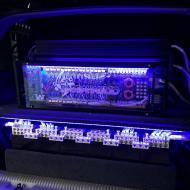-
Recently Browsing 0 members
No registered users viewing this page.
-
-
Recent Topics
-
- 3 comments
- 68 views
-
- 398 comments
- 33,235 views
-
- 18 comments
- 308 views
-
- 4 comments
- 142 views
-
- 2 comments
- 728 views
-
- 5 comments
- 1,571 views
-
-
-
Recent YouTube Posts



